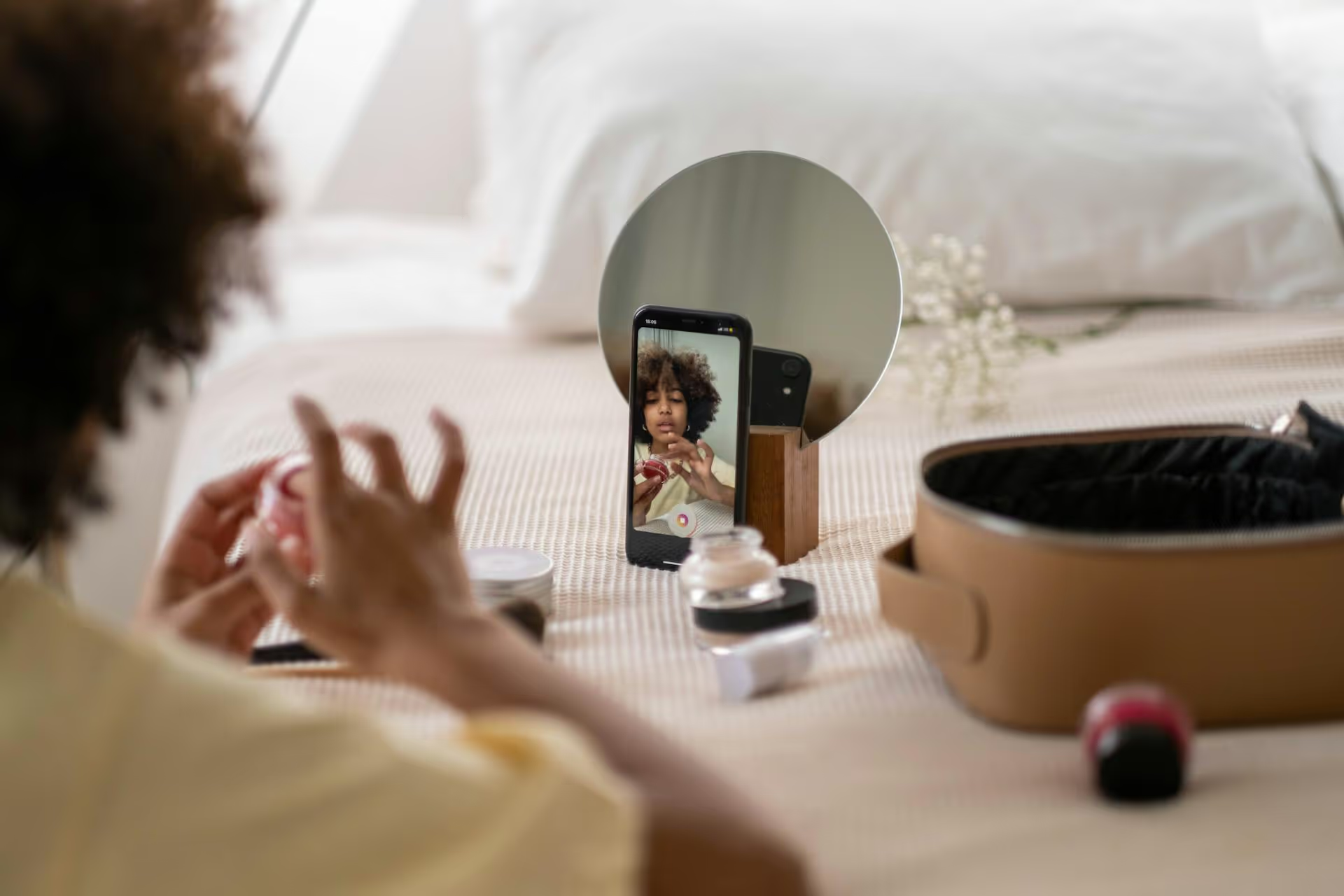How to Add Social Media Icons to an Email Signature
Enhance your email signature by adding social media icons. Discover step-by-step instructions to turn every email into a powerful marketing tool.

Having a presence on multiple social media platforms is great for reaching new audiences, but it falls apart if those channels don't work together. Linking your social media accounts creates a cohesive brand experience, making it easier for followers to find you everywhere and for you to manage your content. This guide will walk you through exactly how to connect your profiles for your audience and how to link them behind the scenes to make your own workflow much easier.
Before we get into the "how," let's quickly cover the "why." Connecting your accounts isn’t just about making your profiles look complete. It’s a strategic move that delivers real benefits for creators, brands, and businesses alike.
When people talk about linking social media accounts, they usually mean one of two things. Understanding the difference is important because you need to do both.
Let's break down how to master both.
Your goal here is simple: if someone finds you on one platform, they should be one click away from finding you everywhere else. The bio sections of your profiles are prime real estate for this.
Most platforms, like Instagram and TikTok, only give you one clickable link in your bio. Instead of constantly swapping it out for your latest YouTube video or blog post, it's smarter to use a "link-in-bio" tool. These tools create a simple, mobile-friendly landing page that houses all your important links in one spot.
You can create a free page using a number of popular tools. Your goal is to create a single place where someone can:
Once you’ve created your link-in-bio page, you'll get a single URL. This is the URL you’ll add to all of your social media profiles.
Here’s exactly how to add your primary link (preferably your new link-in-bio URL) to the major platforms:
Now that your audience can find you everywhere, it's time to make your own life easier. The real headache isn't just posting, it's the constant task-switching: writing a post, adapting it for four different platforms, logging into each one, scheduling or publishing, and then repeating the process tomorrow. Then, you have to find and reply to all the comments and DMs across every app.
This is where connecting your accounts to a central hub - a social media management tool - changes the game completely. Instead of juggling a half-dozen apps, you work from a single dashboard.
Connecting your accounts this way isn’t just a convenience, it is the key to creating a consistent, sustainable social media strategy without burning out.
Simply having links in your bio isn't enough. You have to actively invite people to cross over. This is the secret to building super-fans who follow you everywhere, and it just takes a small shift in how you create content.
Instead of just sharing the same video everywhere, give viewers a reason to go somewhere else. Create a little curiosity that can only be satisfied by clicking your link.
This approach transforms your content from standalone pieces into an interconnected web. You're not just serving your audience on one platform, you're inviting them deeper into your world.
Connecting all your social media accounts is a two-part strategy. One path is for your audience, making your presence cohesive and easily discoverable across the web through your bio links. The other is for you, streamlining your workflow by connecting your accounts behind the scenes so managing content becomes sustainable, not stressful.
At our core, we built Postbase to solve the chaos that comes from this second path. As marketers and content creators, we felt the daily pain of wrestling with clunky tools, constantly reconnecting accounts, and fighting to schedule content on modern platforms like TikTok and Reels. So we created a tool that just works - a central place to plan your calendar, reliably schedule content (especially video), manage all your conversations in one inbox, and track your analytics without needing another spreadsheet. Our goal is to give you a tool that feels like a partner, not another obstacle to overcome.
Enhance your email signature by adding social media icons. Discover step-by-step instructions to turn every email into a powerful marketing tool.
Learn how to add your Etsy link to Pinterest and drive traffic to your shop. Discover strategies to create converting pins and turn browsers into customers.
Grant access to your Facebook Business Manager securely. Follow our step-by-step guide to add users and assign permissions without sharing your password.
Record clear audio for Instagram Reels with this guide. Learn actionable steps to create professional-sounding audio, using just your phone or upgraded gear.
Add translations to Instagram posts and connect globally. Learn manual techniques and discover Instagram's automatic translation features in this guide.
Optimize your Facebook Business Page for growth and sales with strategic tweaks. Learn to engage your community, create captivating content, and refine strategies.
Wrestling with social media? It doesn’t have to be this hard. Plan your content, schedule posts, respond to comments, and analyze performance — all in one simple, easy-to-use tool.